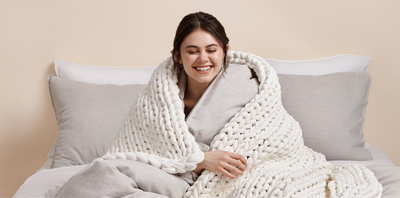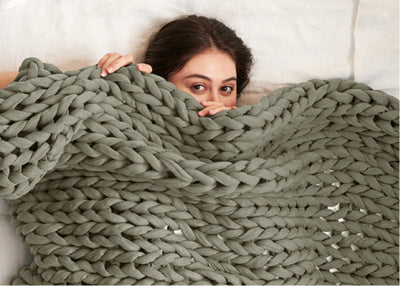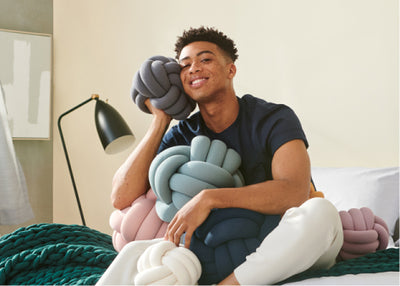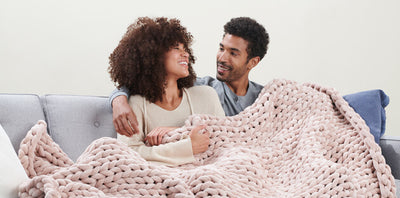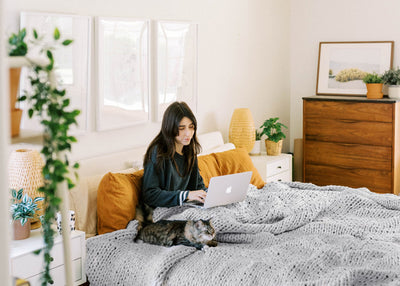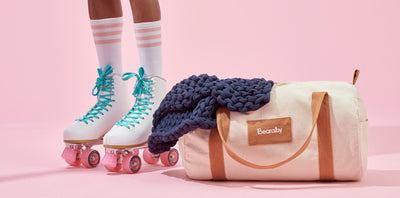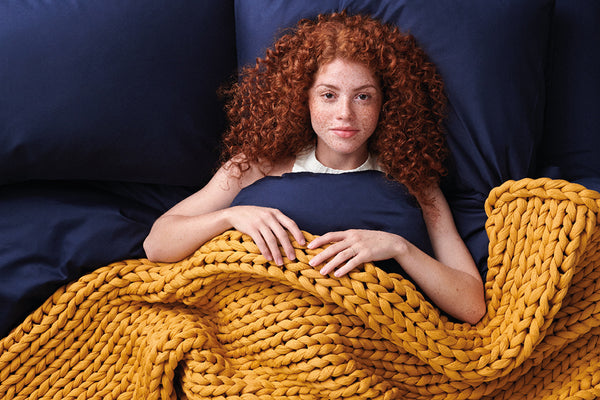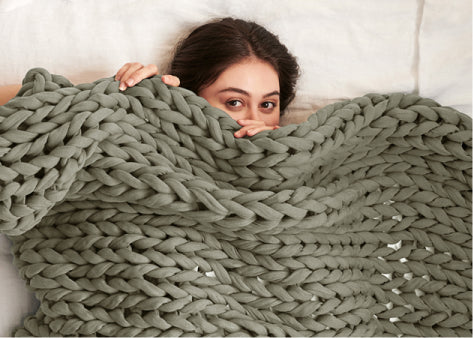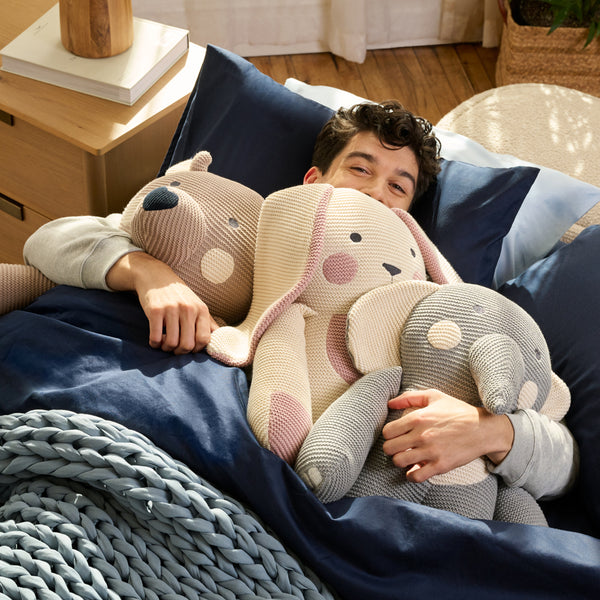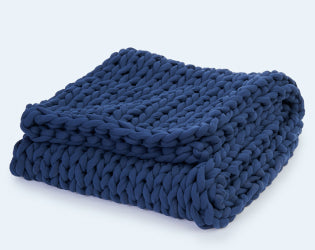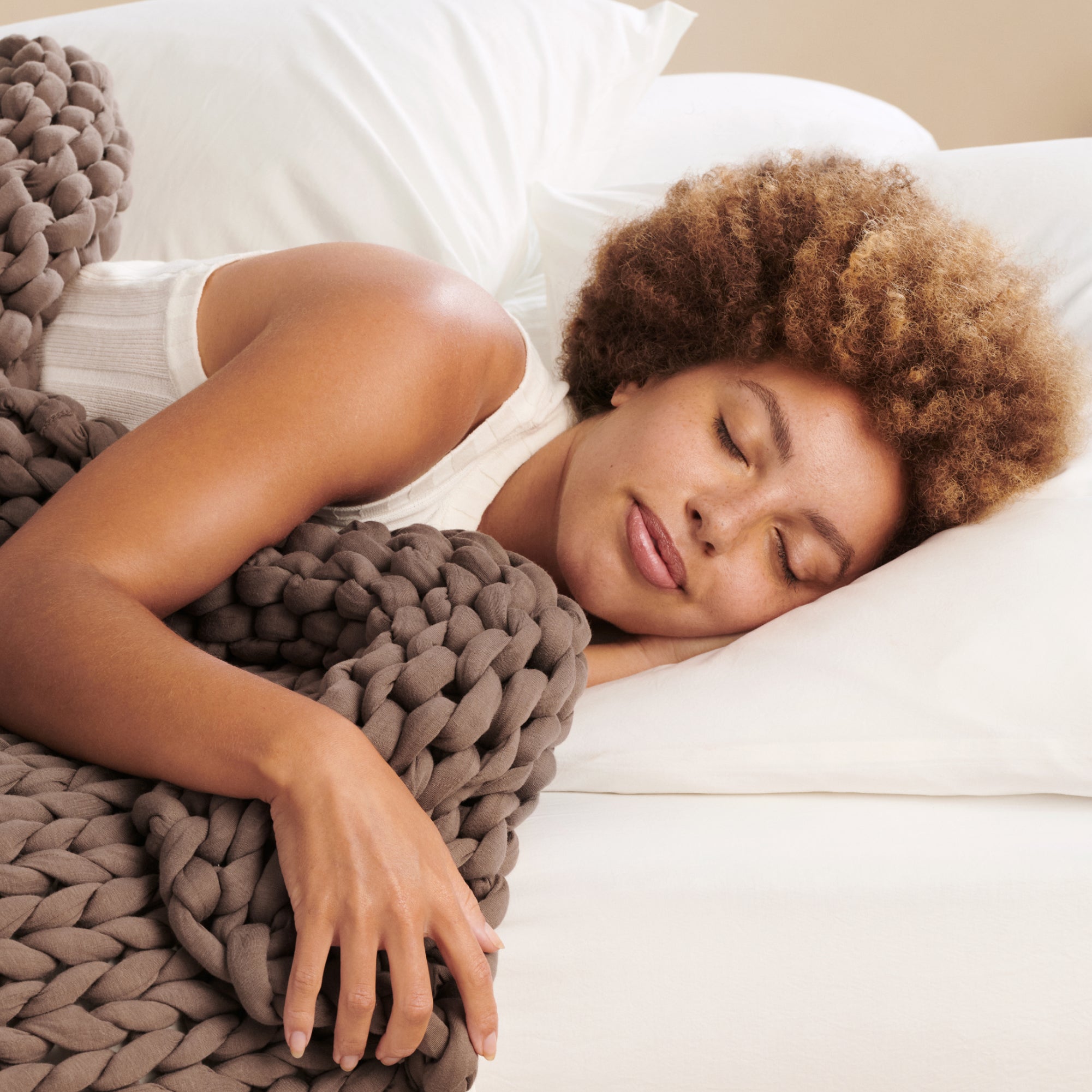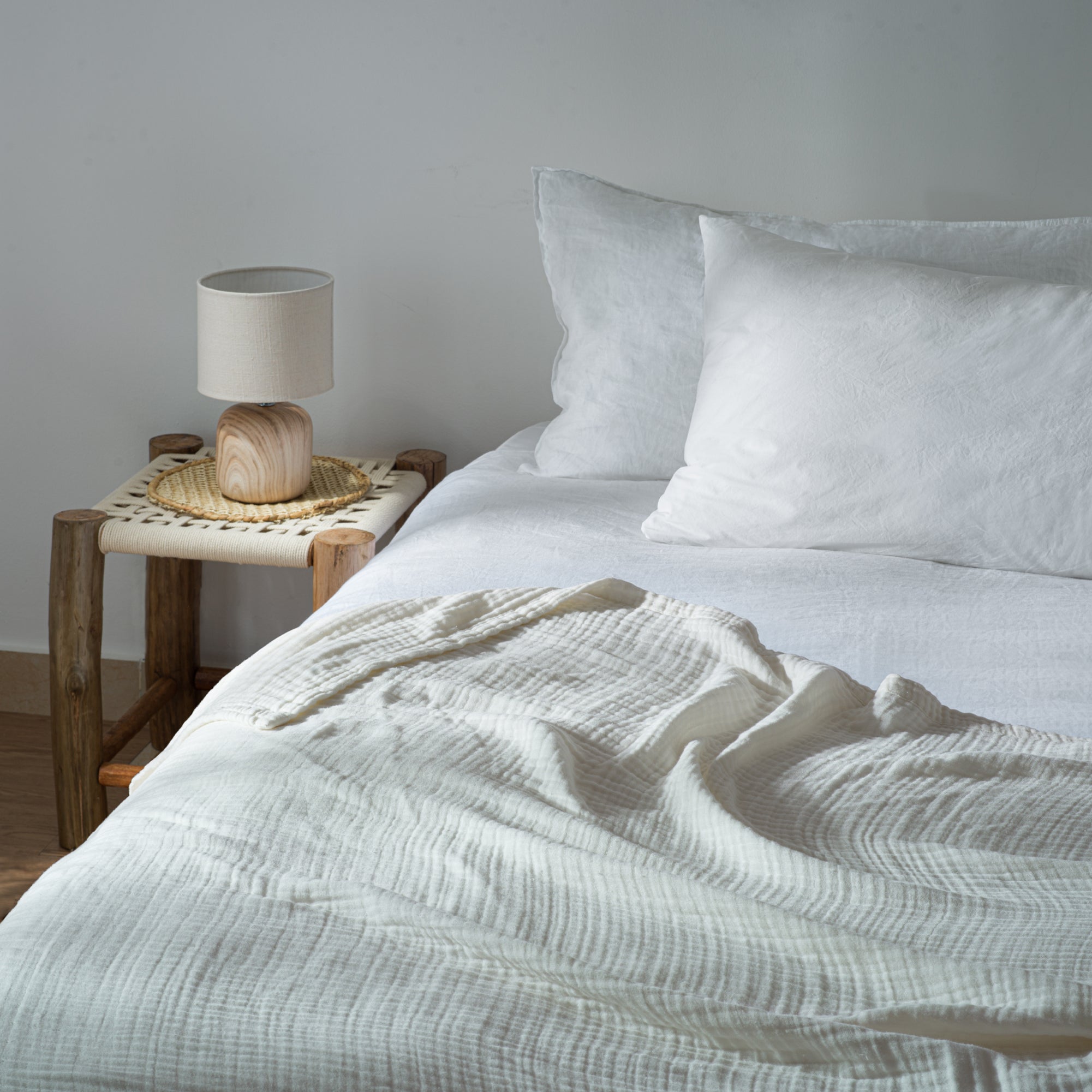The 10 Best Gifts For Children With Autism
Choosing the right toys and gifts for a child with autism involves understanding their unique sensory needs. Sensory toys play a pivotal role in supporting development, providing comfort, and fostering engagement with the world.

Bearassentials
Autistic children’s sensory needs range from hypersensitivity to hyposensitivity.
Different sensory toys can help enhance different sensory experiences and developmental skills in autistic children.
Sensory toys promote engagement, develop motor skills, and offer soothing sensory experiences for children with ASD.
Did you know?
Savant syndrome is a rare condition where people with developmental disorders display remarkable abilities in mathematics, music, art, or memory retention.
Play is an essential component in a child’s social, emotional, and cognitive development. For a child with autism, play will look different than it does for a neurotypical child; autistic children have different behavioral patterns, can find it difficult to take social cues when they play with others, and often have difficulty processing sensory information.
In this blog post, we’ve compiled a list of toys that could be useful gifts for autistic children. Before diving into our gift recommendations, let’s take a brief look at some of the sensory challenges children with ASD face and how sensory toys can help.
Understanding Different Types of Sensory Challenges
Children with autism often experience sensory sensitivities, which means they may be over- or under-reactive to sensory stimuli like light, sound, touch, taste, or smell. Sensory toys are designed to provide a range of stimulating experiences, helping children regulate their sensory responses and find comfort in their surroundings.
There are two broad types of sensory challenges a child with autism could experience: hyper-sensitivity and hypo-sensitivity.
Hypersensitivity: Hyper-sensitive children are overly responsive to stimulants, and struggle with sensory overload. Both regular and extreme stimuli, like bright lights, strong smells, or loud noises, etc, can affect hyper-sensitive children, leaving them feeling overwhelmed.
Hyposensitivity: Hypo-sensitive children are under-responsive to senses and stimulants. For example, they may be under-responsive to body signals that affect balance control and physical coordination; they also sometimes display a low sensitivity to pain.
There are a number of toys for autistic children that can be used to help with both hypersensitivity and hyposensitivity, but to ensure appropriate support is in place, parents of children with autism should consult with an occupational therapist or professional to determine the best way to support their child with hypersensitivity to sensory stimuli.
How Do Sensory Toys Help Children With Autism?
Sensory toys are carefully crafted to address various sensory needs, making them excellent gifts for an autistic child. Sensory toys are designed to stimulate a child’s five senses: sight, sound, touch, smell, and taste. The use of sensory toys can help children with autism build essential skills, improve focus, and manage sensory sensitivities.
It’s important to note that autism is a spectrum disorder — each autistic child has their own unique needs. When searching for toys for an autistic child, parents and caregivers should focus on those that are engaging and develop their child’s individual motor and social skills. Toys should always provide a positive, engaging sensory experience
From strengthening fine and gross motor to enhancing communication and social skills, toys can be beneficial and educational in a variety of ways.
Engagement
Every child has their own individual hobbies and special interests. Choosing a sensory toy that caters to these interests will not only engage them in various modes of play, but it can also help them cope in stressful situations. If you’re attempting to broaden your child’s interests, you can also use their current interest as a segue to other topics
Develop Motor Skills
They can target both fine motor skills as well as eye-hand coordination, and strengthen gross motor skills while working on balance and coordination. When you are looking for the right sensory toy for your child, It is important to consider the age and development stage, to ensure the experience isn’t too overwhelming or understimulating for them.
Sensory Experience To Enhance Social Skills:
Providing autistic kids with positive sensory experiences can support their social skills. Sensory toys for kids who have autism can help them manage anxiety and overwhelming emotions. Depending on how they’re used, many sensory toys can also help build social skills, especially when used in a supportive context of taking turns with other children.
What Is A Good Gift For Children With Autism?
Here are 10 recommendations for what to buy a child with autism as a Christmas gift this holiday season
1. A Weighted Blanket
Weighted blankets are great gifts for children with autism-related anxiety. The even distribution of weight helps stimulate the production of serotonin and reduces cortisol, naturally promoting relaxation and reducing anxiety.
If you are looking for a weighted blanket suitable for children, we recommend our Nappling. The gentle Deep Touch Pressure (DTP) of the Nappling can offer a sense of security and calm in your child, aiding in better sleep and relaxation; it is designed with children aged 4-14 years old in mind, and it is the perfect birthday gift for a 9 year old autistic boy too.
2. Sensory Balls
Sensory balls engage multiple senses, enhancing fine and gross motor skills while providing a calming tactile experience. Squeezing, rolling, or bouncing these balls can improve grip strength and coordination.
Sensory balls come in various textures and sizes, offering tactile and proprioceptive feedback for children with autism. If you are looking for a unique, stress-relieving sensory ball, we recommend our Hugget.
The Hugget comes in three sizes – small, medium, and large. The Small Hugget massages reflex zones for immediate stress relief, the Medium Hugget provides therapeutic sensory relief with its gentle weight, and the Large Hugget is designed to activate pressure points to relieve stress.
3. Weighted Stuffed Animals
Having a weighted stuffed animal to hold, cuddle, or squeeze can provide a calming effect. Our collection of Bearabuddies – made with sensory-friendly fabric that won’t itch or irritate skin – make the ideal gift for a child (or adult!) on the spectrum.
4. Chewable Jewelry
Chewable jewelry provides a socially acceptable way for children to meet their oral sensory needs, reducing the urge to chew on inappropriate objects. Chewable jewelry includes necklaces and bracelets made from safe, non-toxic silicone materials that children can safely chew on. They come in a variety of textures, from dots, ridges, and patterns, or they can be smooth as well.
While a chew toy is one of the best toys for a 5 year old boy with autism, as children start socializing at the preschool level, it’s important to remember that they should always be supervised by an adult when they are chewing on a foreign object, so as to prevent accidental choking.
5. Fidget Spinners
Fidget spinners are small, handheld devices with rotating blades that offer visual and tactile stimulation. These gadgets can help children with autism channel restless energy by keeping their hands occupied; it is not only great for children with autism, but also children with attention-deficit hyperactive disorder (ADHD), as it helps enhance concentration. The smooth and fast rotation of the spinners are enjoyable for many children, and with many different designs available, you are sure to find one that your child loves.
6. Kinetic Sand
Kinetic sand is a moldable, sensory play material that sticks to itself but not to most surfaces. It offers a soothing tactile experience and encourages imaginative play for all children. Children with ASD find kinetic sand an especially helpful toy as it provides a calming sensory outlet, allowing children to explore textures and engage in creative play. It is an excellent gift for an autistic 4-year-old, but still requires adult supervision.
Similarly, substances like play-doh, slime, or putty can help children with autism develop fine motor skills, and find sensory relief. Children can bend, mold, squish, and cut these substances into whatever they’d like, encouraging them to explore and create freely with their hands; plus, its soft texture and bold colors make for a pleasant tactile and visual sensory experience.
7. Noise-Canceling Headphones
Noise-canceling headphones can be incredibly beneficial for children with autism. Sensory sensitivities often make children on the spectrum more susceptible to auditory overwhelm.
Noise-canceling headphones help create a quieter and more predictable auditory environment for these children, reducing sensory overload and providing a sense of calm. These headphones can be particularly useful in noisy or crowded settings, such as shopping malls, airports, or classrooms, where the volume of noise can be distressing for a child with ASD.
By blocking out excessive or disturbing sounds, noise-canceling headphones enable better focus, engagement in activities, and participation in social interactions. This can significantly improve their ability to cope with challenging environments.
8. Vibrating Pillows
Vibrating pillows are soft, cushioned pillows equipped with a gentle vibrating mechanism. They offer soothing vibrations when touched or squeezed, providing tactile and proprioceptive feedback. For children with autism, who often have sensory processing difficulties, these vibrations can be soothing and calming. The gentle vibrations provide a comforting sensation, helping them regulate their sensory experiences.
9. Texture Exploration Kits
Texture exploration kits include a variety of textured materials such as soft fur, bumpy surfaces, and smooth fabrics. These kits allow children to explore different tactile sensations, enhancing their tactile discrimination skills – in turn helping children become more comfortable with various textures, potentially reducing tactile sensitivities.
Similarly, a series of sensory mats can help children with autism explore various textures. These are small mats that each utilize a different texture, which the children can then use their hands or feet to feel and play with the different types of textures.
10. Visual Sensory Bottles
Visual sensory bottles, also known as calm-down bottles or discovery bottles, are clear containers filled with various colorful and textured materials. Children can shake, flip, and observe the mesmerizing patterns inside, promoting visual stimulation and focus.
Visual sensory bottles are filled with colorful and textured materials that create mesmerizing patterns when shaken or flipped. These captivating visual displays provide essential visual stimulation for children with autism, encouraging them to focus on the mesmerizing movements inside the bottle. This stimulation can be calming and engaging, helping them regulate their sensory experiences.
Watching the movement of objects inside the bottle encourages visual tracking, which is essential for developing eye movement control. Visual tracking skills are crucial for reading, writing, and other activities requiring eye coordination. Engaging with visual sensory bottles can enhance these skills in a fun and interactive way.
The rhythmic movement and soothing visual patterns created by the contents of the bottle can have a calming effect on children with autism as well, making them valuable tools for self-soothing and managing anxiety.
Conclusion
Sensory toys provide tactile stimulation, promote visual tracking, enhance auditory processing, and encourage motor skill development; it also helps children learn about the world around them, cultivate relationships, and foster their creativity. You can bring joy and comfort to the little one in your life by recognizing the power of sensory play - aided by the list of sensory tools listed in this article - and create a supportive environment for them too.
